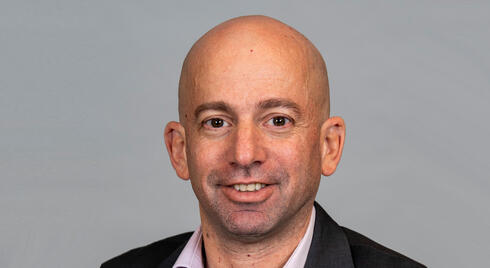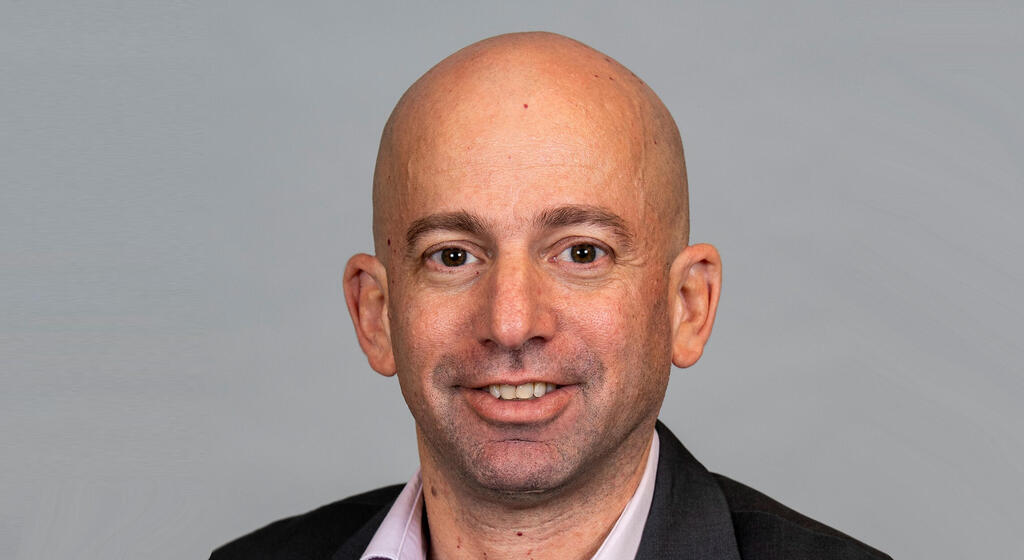
Opinion
From a cost burden to an economic growth engine: Building the next generation of medical innovation
"Healthcare could become a powerful growth engine, generating new opportunities, serving as a source of hope, and connecting the periphery to Israel's broader innovation ecosystem," says CEO of Sheba Impact Avner Halperin
The two recent exits from the Sheba Medical Center, totaling nearly $1 billion, demonstrate how the healthcare industry can transition from being a financial burden to an economic growth engine. Healthcare is more than just a system that ensures personal well-being; it serves as a foundation for innovation, investment, and employment. In recent years, we have seen how medical innovation has become a magnet for entrepreneurs, leading not only to scientific breakthroughs but also to the creation of jobs and new opportunities for clinicians. This success in Israel’s leading hospitals presents us with a significant challenge: how can we bring this growth engine to the geographic and social periphery of Israel? Moreover, how can we transform healthcare from a domain where the periphery is often disadvantaged, into a tool for socio-economic empowerment that reduces disparities and strengthens local communities?
In most fields of innovation, one of the factors exacerbating the gap between the social and geographic center and the periphery is military service in elite units. However, in healthcare, the military connection is less dominant, offering broader opportunities to diverse population groups. As a result, we often find more diverse populations among medical innovation entrepreneurs, including women, ultra-Orthodox Jews, and Arabs, who are underrepresented in the "regular" tech sector. For example, 40% of the workforce in the medical field comes from the Arab community, and over 20% of recent medical school graduates in Israel are also from the Arab population. Healthcare is an area of broad consensus within Israeli society, with openness to integrating diverse populations. Just as important, healthcare provides employment for a wide range of professions—not only engineers but also doctors, nurses, scientists, and therapists.
However, alongside the advantages, there are also significant challenges. Medical innovation requires expensive infrastructure, access to specific professional knowledge (e.g., in complex regulatory areas), the ability to conduct clinical trials, and extensive international connections with customers and investors. Establishing these infrastructures in the periphery is often a barrier to entrepreneurship and the realization of growth potential. The solution lies in making the knowledge and capabilities that exist in the leading innovation centers in central Israel accessible to the periphery. The vision is to create a bridge from the periphery to the global medical innovation world through the knowledge hubs and infrastructure based in the center.
Some initiatives already underway include the Resilience Accelerator in Sderot, where 80 health-related startups were directed to work with the accelerator, and close to 10 are participating in the upcoming cycle, bringing employment and critical mass in innovation to the Gaza border area. Additionally, the Tel Aviv Medical Center (Ichilov) established a knowledge center in collaboration with Tel-Hai College and the MIGAL Research Institute, aiming to encourage and support the development of applied research with a focus on the periphery through practical tools and exposure to an entrepreneurial culture. Sheba Medical Center, in collaboration with Shaare Zedek Medical Center, founded the Jinnovate Innovation Center in East Jerusalem. In a separate effort, entrepreneur Shada Abu-Rass founded an advanced technology company focused on women’s health in Kafr Qasim, proving that innovation is not limited to central Israel.
The government can and should support this effort by creating a policy framework that encourages and fosters the aspiration to turn the periphery into a hub for medical innovation. To extend the influence of the healthcare sector beyond the center, a focused and supportive approach from the government is required, enabling these areas to leverage their untapped potential.
One way to achieve this is through promoting collaborations between the center and the periphery, similar to the BIRD Foundation model that connects Israel and the U.S. in the technology sector. Instead of creating cross-continental collaborations, however, we should adopt an approach that encourages cooperation within Israel itself, between the center and the periphery.
The success of such initiatives could bring about a profound transformation in Israel’s periphery. Healthcare could become a powerful growth engine, generating new opportunities, serving as a source of hope, and connecting the periphery to Israel's broader innovation ecosystem.
The author is the CEO of Sheba Impact, Deputy Director of the ARC Innovation at Sheba Medical Center, and a research fellow at Harvard University














